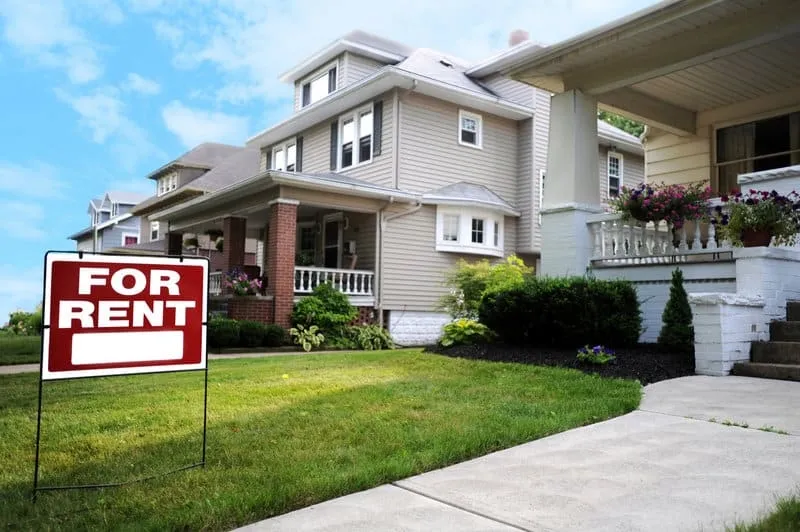The Journal
RCV vs. ACV: Replacement Cost Value vs. Actual Cash Value
The process of determining the actual cash value of a building component or contents item is an integral portion of the adjustment or appraisal of a loss. Depreciation is the reduction of the value of a product based on factors including use, age, and type of product. Replacement cost value (RCV) is a product at 100 percent, with no use or diminished life span. Actual cash value (ACV) is the use (or life left) of a product after a reduction for depreciation.


For example, a shingle roof with a prescribed 30-year life span (in a perfect world) would be depreciated by 50 percent after 15 years, therefore if the replacement cost value of that shingle roof while new was $300 per square when faced with the depreciation of 50 percent, would have a depreciated value (ACV) of $150.
The original policies were always written as ACV-only policies. However, in modern times consumers have demanded and received endorsements to their policies, making them replacement cost policies. On most occasions, during an insured loss, an estimate or appraisal will be written based on the full, like-new replacement cost of all damaged items and then factored by the percentage of use (or depreciation). When the repairs are affected, typically the withheld depreciation is payable and due.

Contact Sandstone Insurance Agency for more information and your free quote today – we are a local independent insurance agency so we work hard for you and shop your quote around. We have long-standing relationships with carriers to get you the best coverage to fit your needs at the best price available. And if/when the time comes that you need to file a claim, we’re here to help YOU, we have your back.



